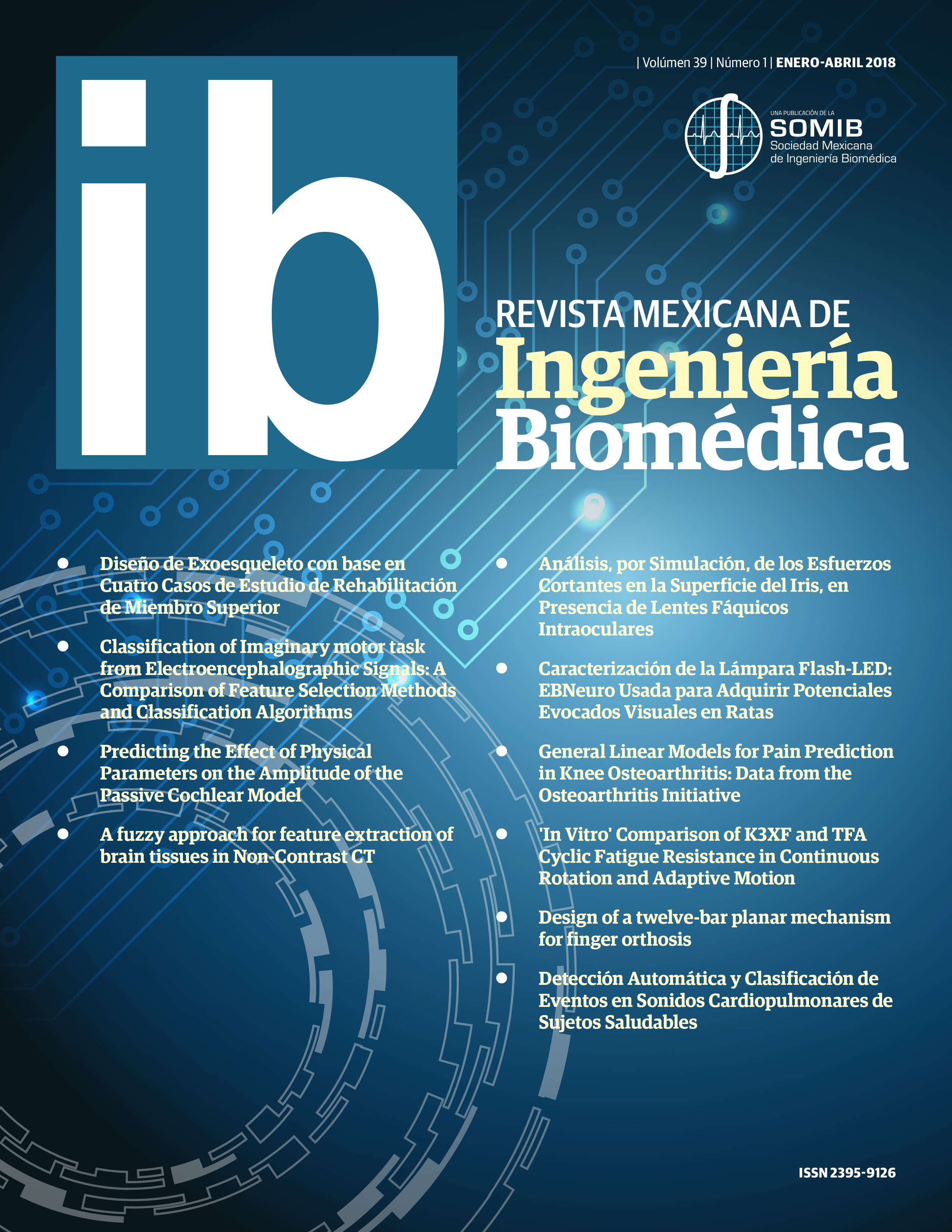Automatic Detection and Classification of Cardiopulmonary Events
DOI:
https://doi.org/10.17488/RMIB.39.1.6Keywords:
Hilbert Transform (HT), Voice Activity Detection (VAD), Mixed Gaussian Models (GMM), Hidden Markov Models (HMM)Abstract
A standard and/or electronic stethoscope based auscultatory signals include not only the internal sounds of the body but also interfering external noise often with similar frequency components. This form of examination is also affected by varying thresholds of clinical practitioner’s hearing and degree of experience in recognition of peculiar auscultatory indicators. Further, the results are often characterized in qualitative descriptive terms subject to in-dividual’s interpretation. To address these concerns, presented studies include concurrent processing of dominant heart (HS) and lung (LS) sounds components and a conditioning stage involving HS presence reduction within LS focused signals. Specifically as determined, the Hilbert transform was a technique of choice in HS characterization. In the case of LS focused signals, the speech activity detection techniques (VAD) and the thresholds calculation of some components of acoustic vectors of Cepstral Coefficients in Mel Frequency (MFCC), were useful in characteri-zation of associated acoustic events. The phases of inspiration and expiration were differentiated by means of the sixth component of MFCC. In order to evaluate the efficiency of this approach, we propose Hidden Markov Models with Mixed Gaussian Models (HMM-GMM). The results utilizing this form of detection are superior when perfor-ming classification with HMM-GMM models, which reflect the advantages of presented form of quantifiable detec-tion and classification over traditional clinical approach.
Downloads
Downloads
Published
How to Cite
Issue
Section
License

This work is licensed under a Creative Commons Attribution-NonCommercial 4.0 International License.
Upon acceptance of an article in the RMIB, corresponding authors will be asked to fulfill and sign the copyright and the journal publishing agreement, which will allow the RMIB authorization to publish this document in any media without limitations and without any cost. Authors may reuse parts of the paper in other documents and reproduce part or all of it for their personal use as long as a bibliographic reference is made to the RMIB. However written permission of the Publisher is required for resale or distribution outside the corresponding author institution and for all other derivative works, including compilations and translations.








